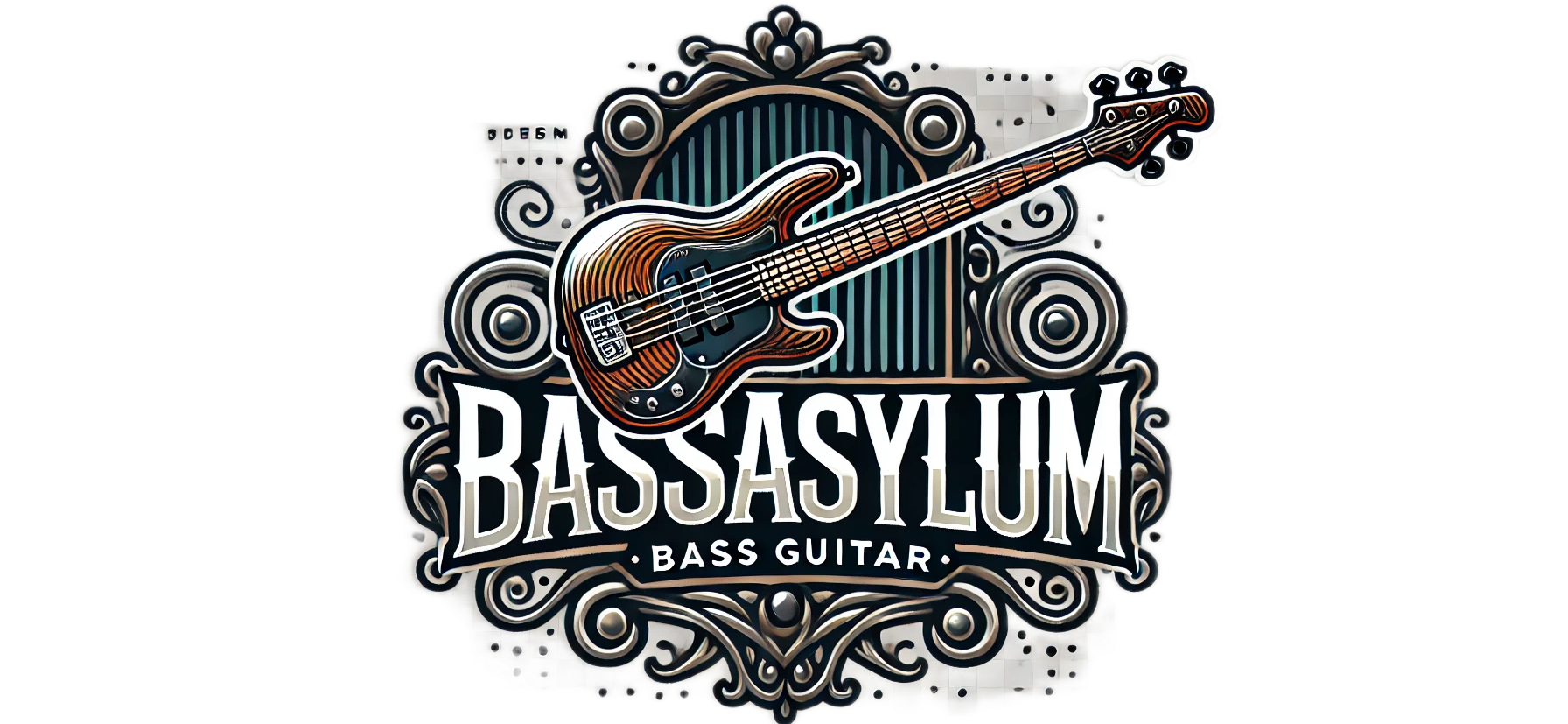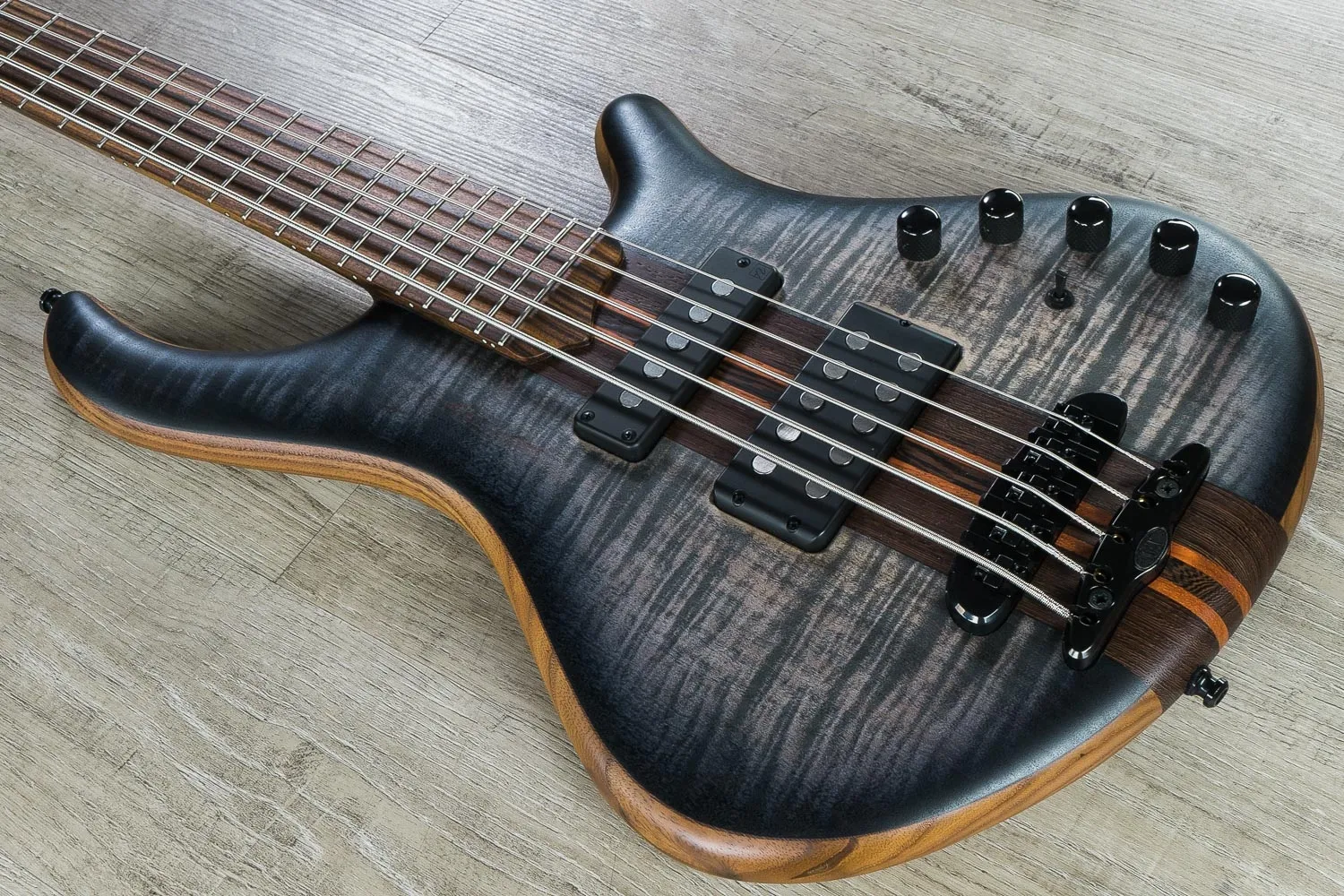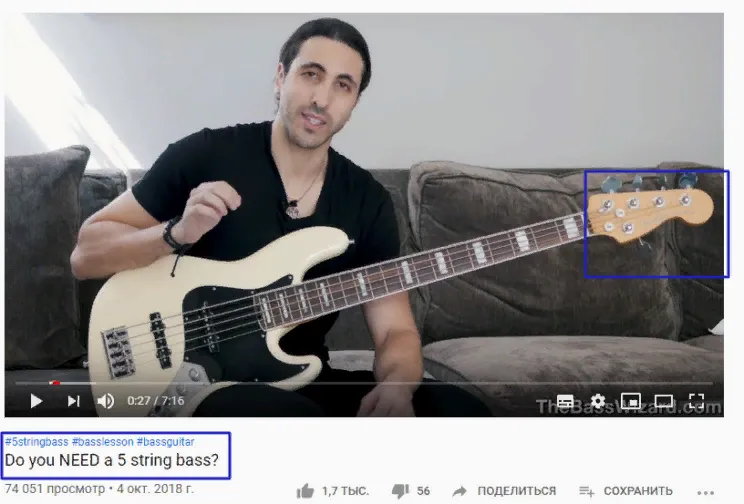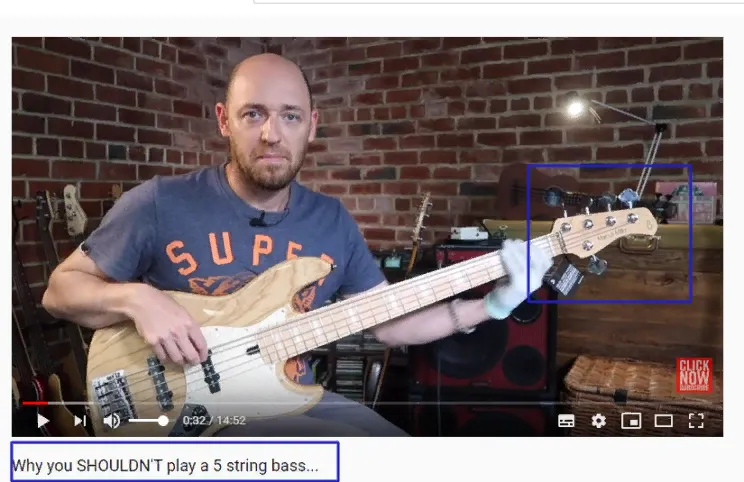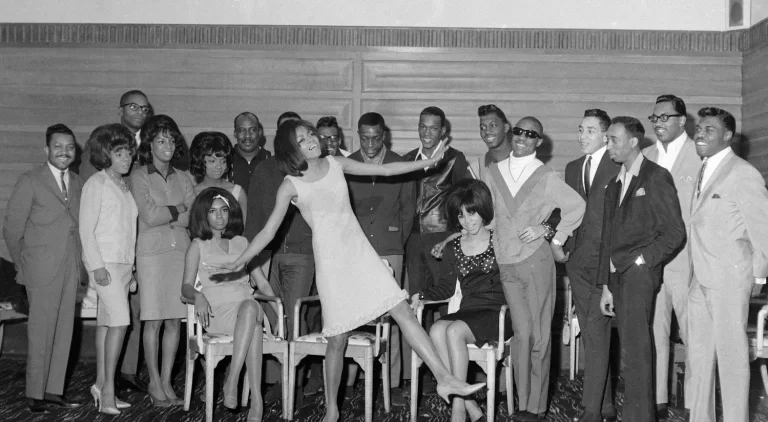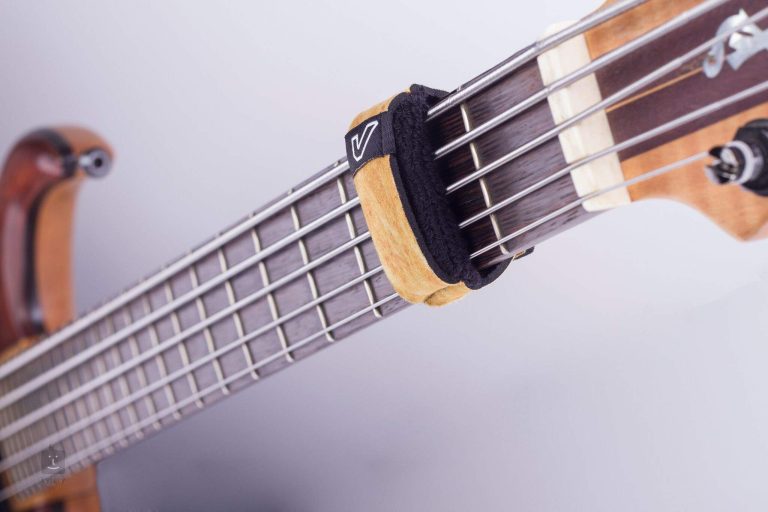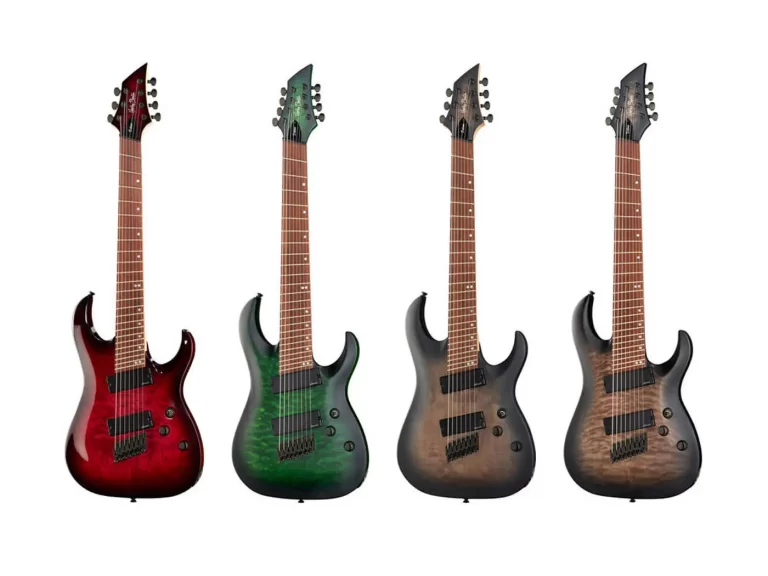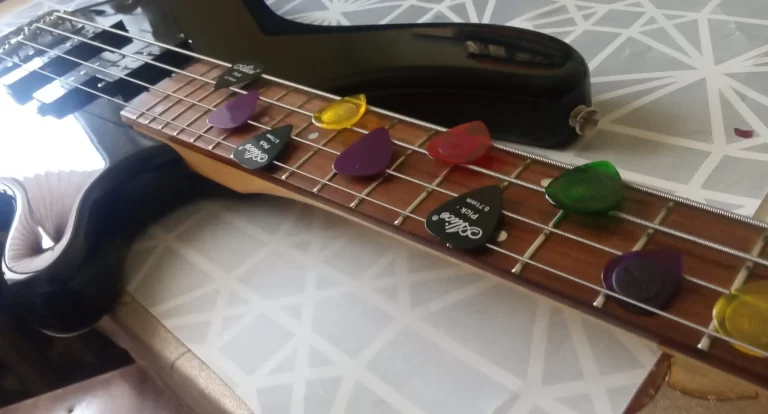Pros and cons of 5-string basses
This article is most likely designed exclusively for beginner bassists, as experienced bassists have already figured out how many strings they need on their basses.
Beginners often don’t realize what a 5-string bass is, so they can get an unnecessary headache out of ignorance. And no! I’m by no means saying that nobody needs a five-string bass, on the contrary, I’m planning to buy myself a SIRE M2, but it’s not about that now… So who needs that ugly sticking out lower fifth string?
5 string bass. What are you?
To start with, I’d like to say one thing I think is important for understanding the question of how many strings a bass guitar has.
A five-string bass guitar is not a four-string bass guitar with another string – it’s a separate instrument in its own right. The same goes for a six-string bass guitar, a seven-string bass guitar, an eight-string bass guitar, and so on…
So when I get a five-string bass, I will own two different instruments, and I will proudly tell everyone that I can play bass guitar and five-string bass guitar.
It’s important to be aware of this so that the fifth string doesn’t become a thumb rest for you… So that you play your five-string bass fully, rather than occasionally yanking an open B… It’s important to understand this when learning scales, arpeggios, chord fingering, you must project everything onto the five strings.
You should also know that the fifth string of the bass guitar gives you the actual five notes that you don’t have now. Not 22 or 25 in terms of the number of fret, but five. See the picture below.

On a very positive note, a 5-string bass guitar allows you to play more positively, less winding miles back and forth across the fingerboard. So if you watch videos with professional sessionists, such as Anton Davidyants, you’ll notice that they mostly have 5-string basses in their hands. Because they are hard workers from the music world, they play from eight to eight and sometimes they don’t know at all what they are going to play tomorrow. A five-string bass is, of course, a more versatile solution among professionals.
Pluses and minuses of the 5-string bass guitar
Let me repeat my thought: 5 string bass isn’t better or worse – it’s different. It’s like the eternal argument about analogue and digital equipment… Generally there are a lot of videos on YouTube with titles like “Why the five-string bass sucks”, and I remember coming across a top comment under one of those videos:
All the videos have the same thing: a professional bassist comes out with a five-string bass guitar that he’s played hundreds of times on his channel, and starts talking about the downsides of 5-string basses, and how you don’t need them…)
So, the pros of the 5-string bass guitar
- A comparatively greater range of notes. You can give the downbeat in a song that is written in E flat, in D…
- Less need to move around the fingerboard.
- I’d also mention the ability to strum the bottom five strings of a six-string bass guitar, if you wish, to obtain the EADGC scale. Increasing your range upwards if you solo or play a lot of chords.
- It’s better to have a fifth string in your arsenal, but not to use it, than not to have it when you suddenly need it.
- You don’t need to lower the scale if your guitarist has listened to Hendrix and dropped everything in E flat…
The disadvantages of a 5-string bass guitar
- More expensive strings… Bass guitar strings are a bass player’s pain. With a fifth string, your pain will be a little more severe…
- There is a need to jam the fifth string with your thumb to keep it from winding up. I suggest you read the article on fretwraps string plugs.
- Smaller stringspace (distance between strings). Not a disadvantage for everyone, but it still takes time to get used to, especially when playing slap.
- The 5 string bass guitar is more expensive. I’m by no means an adherent of the stereotype that a 5-string sounds $1000 or more. No. But a totally cheap Chinese one certainly won’t make you happy. Look out for bass guitars with a 35″ bore. Take a closer look at the SIRE Marcus Miller bass guitars.
- The bass guitar is heavier and more massive. This is a possible disadvantage for a girl, teenager, or bassist with a bad back.
- More notes to learn… )) Actually a bit more, bass guitar is a symmetrical instrument, but still you need to think like a five-string bassist.
Conclusion
As I always say on this site: the final decision is yours, and your bass will find you!
Don’t rush into buying a five-string bass guitar. Don’t buy it out of the blue in a rush. Think about what you play or intend to play. If, say, you like hard jenres of music, maybe you’d be satisfied with buying a set of strings for a 5-string bass guitar and tuning your bass to BEAD? Or perhaps a drop D is enough for you? Justin Chancellor from TOOL, I think, has been playing it that way throughout his career…
Hope this article was useful to you, any questions you can ask in the comments. Good luck!

Hey, fellow bassists and musicians overall!
I’m nothing more than just bass player and enthusiastic blogger. Feel free to ask any questions in the comments.
Huge thanks for all crazy people who supports this resource. Keep groovin’!
